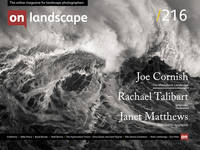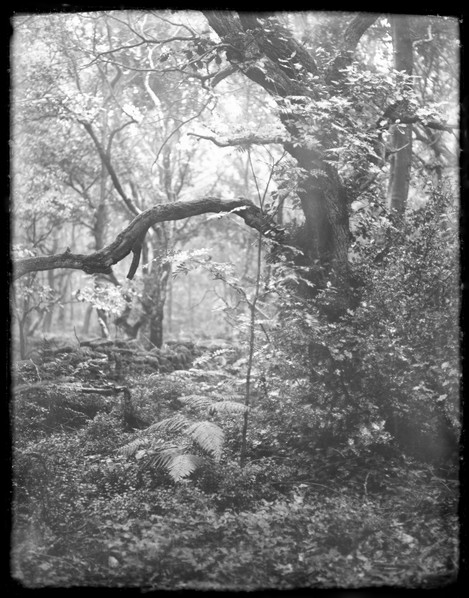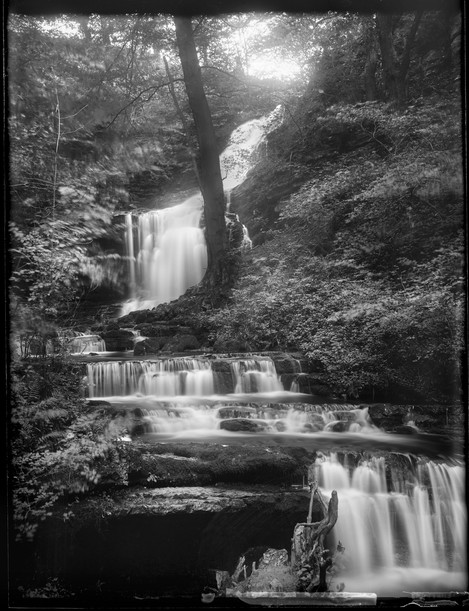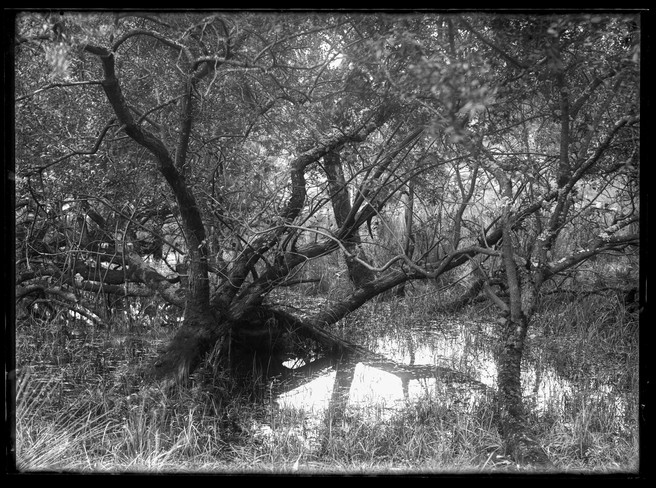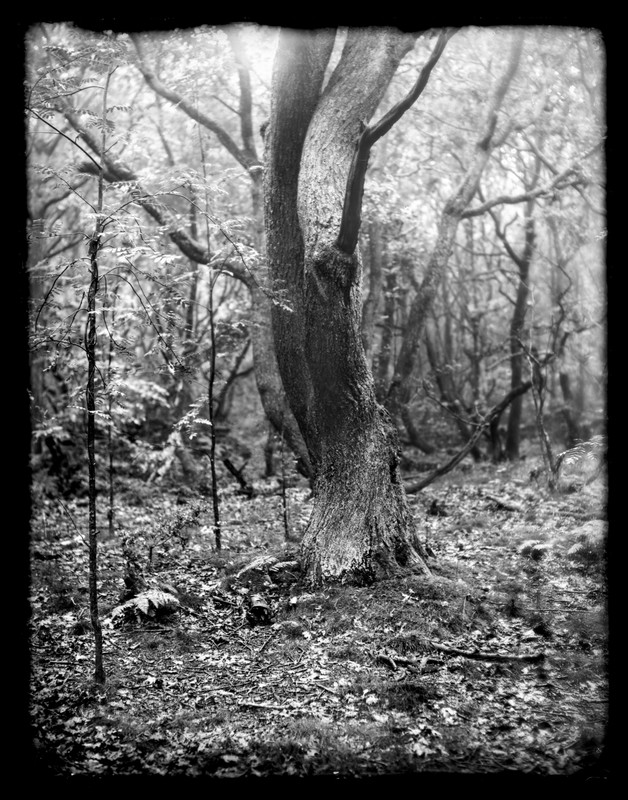My first steps into the world of Dry Plate Landscapes

Matt Lethbridge
I have been making landscape photographs for around 8 years now and I am very passionate about what I do.I really enjoy the creative challenges brought on by working with natural light, especially in variable weather conditions. I have just started to dip my toe in the water with 35mm film photography and I an looking forward to the many challenges ahead.Flickr
Most of us at some time fall into something of a photographic rut. In my case this has happened several times, usually resulting in deep thought and a change of direction. Each time this has happened to me I have, through trial and error, come out on the other side perhaps a better but more significantly a happier photographer. The first time this happened, I tried some film instead of digital and this eventually led to me adopting film for all my photography and the selling off of all my digital cameras. The second time led to shooting Large Format, the third to shooting vintage cameras and predominantly black and white film; home processed, of course.
It was along this vein that things were ticking along steadily until the beginning of this year. I couldn't shake off the feeling there was still something missing from the pictures I made. I could not put my finger on it but I was still quietly dissatisfied and growing more so by the month.
Whilst browsing the internet looking for inspiration, I came across some very interesting looking landscapes that seemed to have a vintage "look" to them, even though they were contemporary. On further research, I found that these were made using "J Lane Dry Plates". Now I am familiar with wet plate collodion landscapes by photographers such as Berut Peterlin but had never heard of the dry variety.
The more I looked into dry plate, the more appealing it became. Load under safelight, no need for complete darkness; lasts like commercial film so you can leave them for weeks in the darkslides before use; develop by inspection under safelight... what's not to like?
On arrival, these were loaded into the darkslides with eager anticipation. This process is very much simplified by the fact that you can do this in the darkroom under safelight but the plates are also notched just like film if you have to do this in a changing bag or the like. So, darkslides loaded, off I trotted to my nearest local woodland. I wish I could regale you with stories of steep learning curves, multiple issues, seemingly insurmountable hurdles to leap but this is simply not the case. I used incident metering at asa 25 as instructed, added an extra stop for luck (good job I did) and shot several plates.
Back at home, these were tray developed as instructed on the back of the box with Kodak HC-110, dilution "B" for around the recommended time, or until I could see shadow detail appearing. Wash and fix just like film. These were then left on a drying rack for several hours. To say I was pleased with the results is an understatement, they have a look that I have been seeking for a very long time and I love the tactile nature of handling the glass. There is that certain serendipity when shooting, mainly due to the hand made emulsion coating, which I really like. None of the plates came out as I expected and the end results were so much better than I anticipated.
I have since shot 30 of the "Speed Plates" and several of the normal asa2 plates. My results have shown me that they do like a lot of light, especially the "normal" asa2 plates. These are only receptive to UV and blue light, so you have to take into account the time of day and season to really get the most from them. Jason Lane's website Pictoriographica has a handy downloadable chart to assist in calculating the correct asa. The standard plates will also react differently to your normal black and white film, skies will predominantly be devoid of detail such as clouds, foliage tends to be quite dark. This is due to the emulsion formula being pretty close to the original 1880's one. The Speed Plates seem to be somewhat more forgiving and are Orthochromatic, I just usually add an extra stop or so.
So, in conclusion, have I pulled myself back out of the rut? Definitely. This is a new direction and I have to say I'm delighted with the results. The slight variations in the emulsion coating (these are all hand coated) and occasional blemish all add to the pictures in my opinion. I seem to average 7 good plates from 10, which due to the price, is a very good thing. That brings me nicely along to the cost. These are not cheap, but when you consider that they are individually hand cleaned and coated in the US, before being packaged and shipped, I think that the price is very reasonable indeed, about on par with colour slide film in large format sizes.
If you fancy trying something completely different, perhaps these may be worth a try. Going back in time really has helped me to visually move forward. There is plenty of technical data and experiences on Jason's website if you would like a more technical review.
So, What next for me? Well, I have just ordered several boxes in half-plate for use in my Sanderson Regular for use with some very old brass lenses...........

